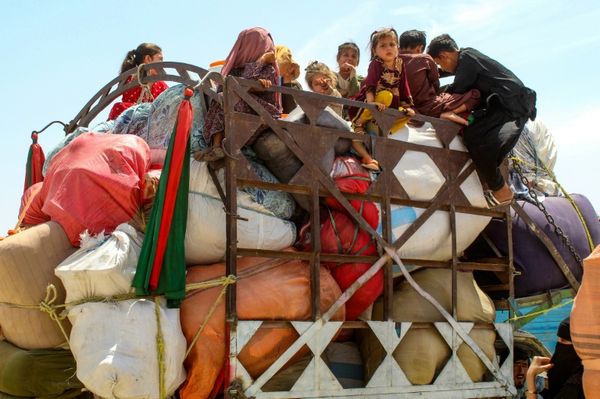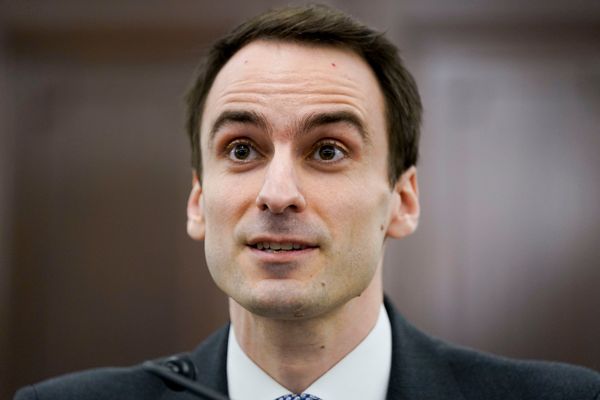
Rescue efforts are underway for the second consecutive day as water levels continue to rise in Kentucky and other parts of the Ohio Valley and mid-Atlantic regions due to a deadly winter storm that has wreaked havoc coast-to-coast.
The storm has claimed at least 14 lives, with one fatality each reported in Georgia and West Virginia, and a staggering 12 in Kentucky, which bore the brunt of the catastrophic flooding. Governor Andy Beshear described the situation as one of the most significant natural disasters in recent memory.
More than a month's worth of rain inundated Kentucky in less than 24 hours, triggering the devastating floods. The state witnessed over 1,000 rescues by emergency crews, including the Kentucky National Guard and State Police.



Tragically, a significant number of deaths in Kentucky were attributed to individuals attempting to drive through flooded areas. The state saw over 340 road closures and the destruction of at least 10 bridges in Pike County.
The National Weather Service has warned of continued rising stream and river levels, potentially leading to new flooding in some areas. The situation is further compounded by the impending drop in temperatures and the forecast of a new winter storm that will bring snow to already flooded regions.
Thousands of homes and businesses were left without power in Kentucky, West Virginia, Maryland, and Pennsylvania. Governor Beshear urged those without power to seek warm shelter until services are restored.
Meanwhile, flash flood emergencies were declared in parts of Virginia, West Virginia, and Tennessee, with mandatory evacuations in some areas. The breach of a levee in Tennessee's Obion County added to the crisis, while Virginia faced the added challenge of flooding mixed with snow and ice.
The storm also brought severe thunderstorms to the South, heavy snow to the Great Lakes and Northeast, and powerful winds across the East, resulting in further casualties and property damage.
As frigid Arctic air sweeps across the central US, temperatures are set to plummet to record-breaking lows, with wind chills as low as 60 degrees below zero in some areas. A new winter storm is expected to bring heavy snow to parts of the Plains and Midwest, exacerbating travel disruptions and safety concerns.
The widespread impact of this winter storm underscores the urgent need for continued rescue and recovery efforts, as communities brace for the challenges posed by the severe weather conditions.







